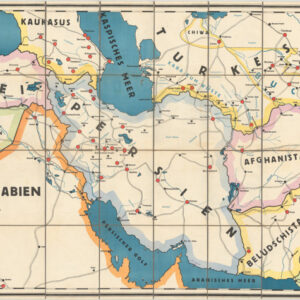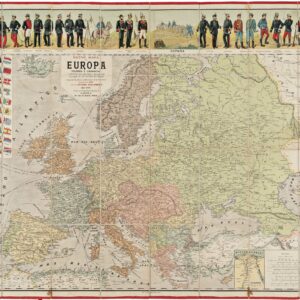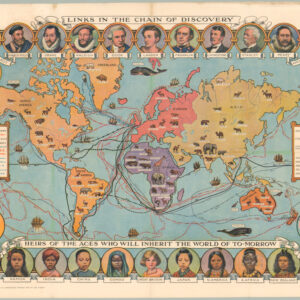Tracing the rise of the shared, connected computer networks in Europe.
Multi-user computer systems market by administrative division in Western Europe.
Out of stock
Description
One chapter in the story of how computers transitioned from isolated machines to the interconnected global network we now know as the Internet. Using sample data on over 50,000 installed multi-user systems installed in Western Europe, the cartographers plot their distribution as of January 1, 1986.
Western Europe played a pivotal role in shaping the emerging digital landscape of the 1980s. EUNET was established in 1982 and initially focused on connecting academic institutions that used the UNIX operating system. It became an important early European Internet backbone and played a role in spreading internet technologies throughout Europe. While the region often looked to developments in the U.S., such as the rising popularity of TCP/IP, Western Europe had its own unique trajectory influenced by academic collaborations, national initiatives, and regional needs. The foundation laid during this decade paved the way for Europe’s robust digital infrastructure in the subsequent years.
The 1980s saw a growing recognition of the commercial potential of networking. Some European companies began to establish their own private networks and offer networking services to the public. This map illustrates the growing market place using five categories of expense. Usually condensed around a capital city, the most dense regions of activity are beginning to spread beyond to smaller hubs in an increasingly connected world.
Cartographer(s):
Ute J. Dymon & Terry N. Sylvia were cartographers based at the University of Massachusetts at Amherst.
Condition Description
Condition is very good, with some marginal dings and staining.
References



